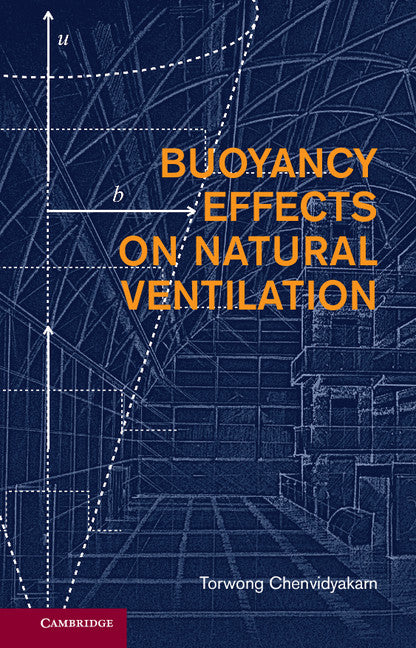Freshly Printed - allow 4 days lead
Couldn't load pickup availability
Buoyancy Effects on Natural Ventilation
Describes the fundamental effects of buoyancy, a key force in driving air and transporting heat and pollutants around a building's interior.
Torwong Chenvidyakarn (Author)
9781107015302, Cambridge University Press
Hardback, published 2 September 2013
273 pages, 98 b/w illus.
22.2 x 14.4 x 2 cm, 0.5 kg
This book describes in depth the fundamental effects of buoyancy, a key force in driving air and transporting heat and pollutants around the interior of a building. It is essential reading for anyone involved in the design and operation of modern sustainable, energy-efficient buildings, whether a student, researcher or practitioner. The book presents new principles in natural ventilation design and addresses surprising, little-known natural ventilation phenomena that are seldom taught in architecture or engineering schools. Despite its scientific and applied mathematics subject, the book is written in simple language and contains no demanding mathematics, while still covering both qualitative and quantitative aspects of ventilation flow analysis. It is therefore suitable for both non-expert readers who just want to develop intuition of natural ventilation design and control (such as architects and students) and for those possessing more expertise whose work involves quantifying flows (such as engineers and building scientists).
1. Introduction
2. Some preliminaries
3. Sources of identical sign
4. Sources of opposite sign
5. Some common flow complications arising from more complex geometries.
Subject Areas: Civil engineering, surveying & building [TN], Mechanics of fluids [TGMF], Technology: general issues [TB], Fluid mechanics [PHDF], Nonlinear science [PBWR]


